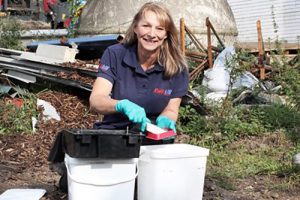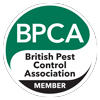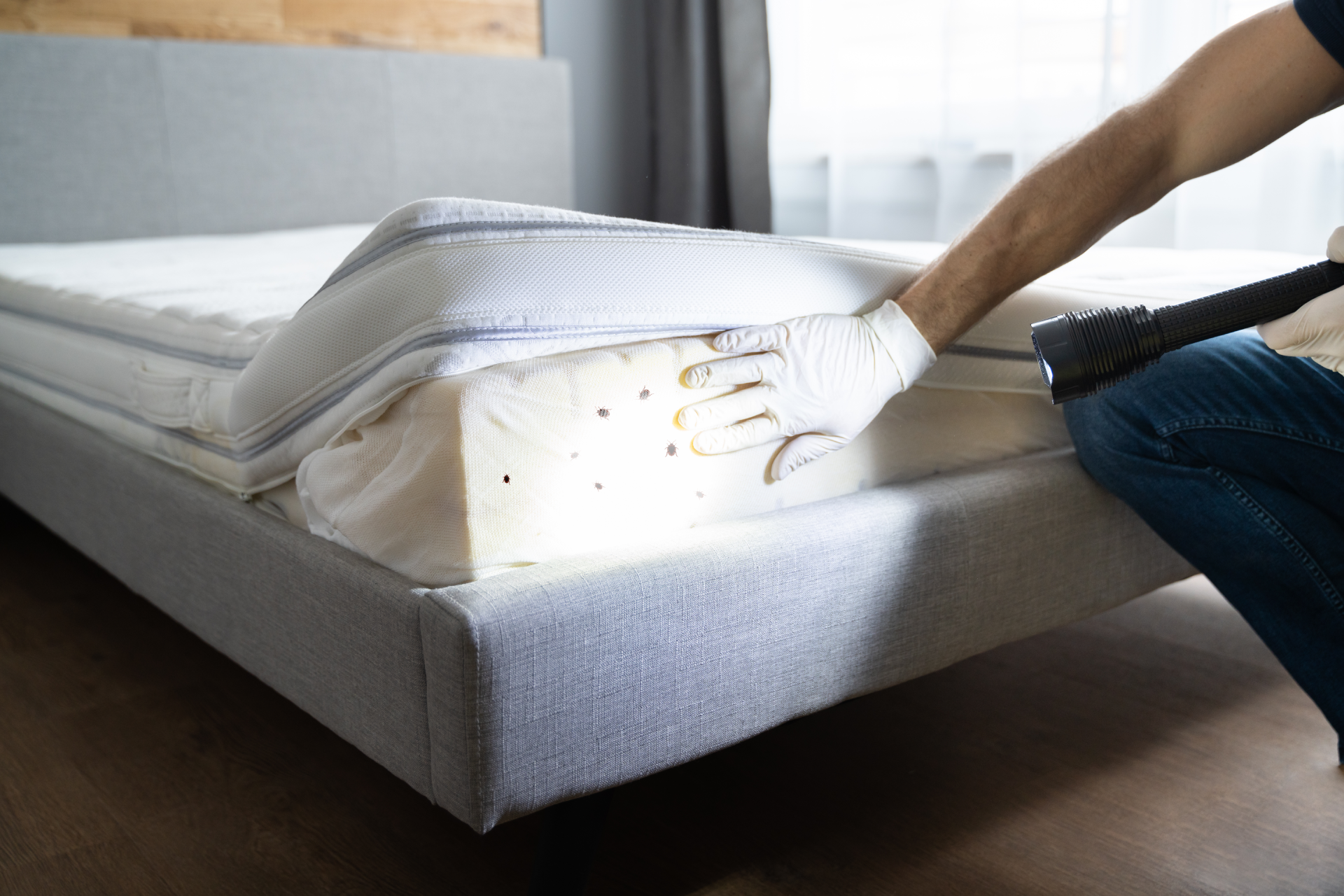Bed bugs have seen a significant resurgence in recent years, becoming a prevalent issue in both urban and rural settings. These pests are not only a nuisance but can also cause considerable stress and discomfort due to their bites and the difficulty in eradicating them.
This blog aims to equip you with the necessary knowledge to prevent, detect, and effectively treat bed bug infestations, ensuring your home remains a comfortable and pest-free environment.
Awareness and proactive measures are crucial in managing bed bug infestations. By understanding how bed bugs operate and the best practices to keep them at bay, you can significantly reduce the risk of an infestation in your home.
This blog will guide you through the essential steps for prevention, detection, and treatment, providing you with a comprehensive approach to tackling this persistent problem.
Understanding Bed Bugs
Bed bugs are small, reddish-brown insects that feed on the blood of humans and animals. They are nocturnal and prefer to hide in cracks and crevices during the day, making them difficult to detect.
Their lifecycle includes stages from eggs to nymphs to adults, with each stage requiring a blood meal to progress. Bed bugs can live for several months without feeding, which contributes to their resilience and difficulty in eradication.
There are many myths surrounding bed bugs, such as the belief that they only infest dirty homes. In reality, bed bugs can thrive in any environment where there are people to feed on, regardless of cleanliness.
They spread primarily through travel, as they can easily hitch a ride on luggage, clothing, and furniture. Understanding these facts helps in dispelling myths and preparing for effective prevention and treatment.

Prevention
Maintaining cleanliness and regular maintenance in your home is essential in preventing bed bug infestations. Regular vacuuming, especially around beds and furniture, helps to remove any bed bugs or eggs before they can establish themselves.
Reducing clutter eliminates hiding places, making it more difficult for bed bugs to thrive. Additionally, sealing cracks and crevices in walls, floors, and furniture can prevent bed bugs from finding suitable hiding spots.
When travelling, it’s crucial to take precautions to avoid bringing bed bugs back home. Inspect hotel rooms thoroughly, focusing on the mattress seams, headboards, and furniture. Keeping luggage off the floor and bed, and washing clothes in hot water immediately upon returning home, can significantly reduce the risk of infestation.
Using mattress encasements and bed bug interceptors at home can also provide an added layer of protection.
Detection
Detecting bed bugs early is key to preventing a full-blown infestation. Common signs of bed bugs include bite marks on the skin, small blood spots on bedding, and the presence of exoskeletons or faecal spots near hiding areas.
A musty odour, often described as the smell of coriander, can also indicate a large infestation. Regular inspections, particularly of beds and upholstered furniture, can help catch an infestation in its early stages.
For thorough inspections, focus on areas where bed bugs are likely to hide, such as mattress seams, headboards, and furniture joints. Using a flashlight and magnifying glass can aid in spotting these small pests.
In cases of suspected infestations, it is advisable to seek professional assistance. Professional inspections can include the use of trained dogs that can detect bed bugs with a high degree of accuracy, ensuring that no areas are overlooked.
Treatment
DIY treatment methods can be effective for minor infestations. Washing infested items in hot water and drying them on high heat can kill bed bugs and their eggs.
Vacuuming and steaming infested areas can also be effective, though care must be taken to dispose of the vacuum contents properly. Insecticides and bed bug sprays can be used, but it’s important to follow the instructions carefully to ensure safety and effectiveness.
For more severe infestations, professional treatment is often necessary. Professional pest control services offer various methods such as heat treatment, which involves heating the infested area to a temperature that is lethal to bed bugs. Fumigation and freezing are other methods that can be employed.
Choosing a reputable pest control service ensures that the infestation is dealt with thoroughly and effectively. Follow-up treatments and regular monitoring are essential to prevent re-infestation.

Conclusion
Bed bugs are a persistent and challenging pest, but with the right knowledge and proactive measures, they can be effectively managed.
Regular inspections, maintaining cleanliness, and taking preventive measures can significantly reduce the risk of infestation. In cases where bed bugs are detected, prompt and thorough treatment is essential to eradicate them and prevent recurrence.
By staying vigilant and informed, you can keep your home bed bug-free and ensure a comfortable living environment.
We invite you to share your experiences or ask any questions in the comments below. For more detailed information on bed bug prevention and treatment, explore our other blog posts and resources.
If you suspect a bed bug infestation in your home, don’t hesitate to contact our professional pest control services for a thorough inspection and effective treatment. Your comfort and peace of mind are our top priorities.


